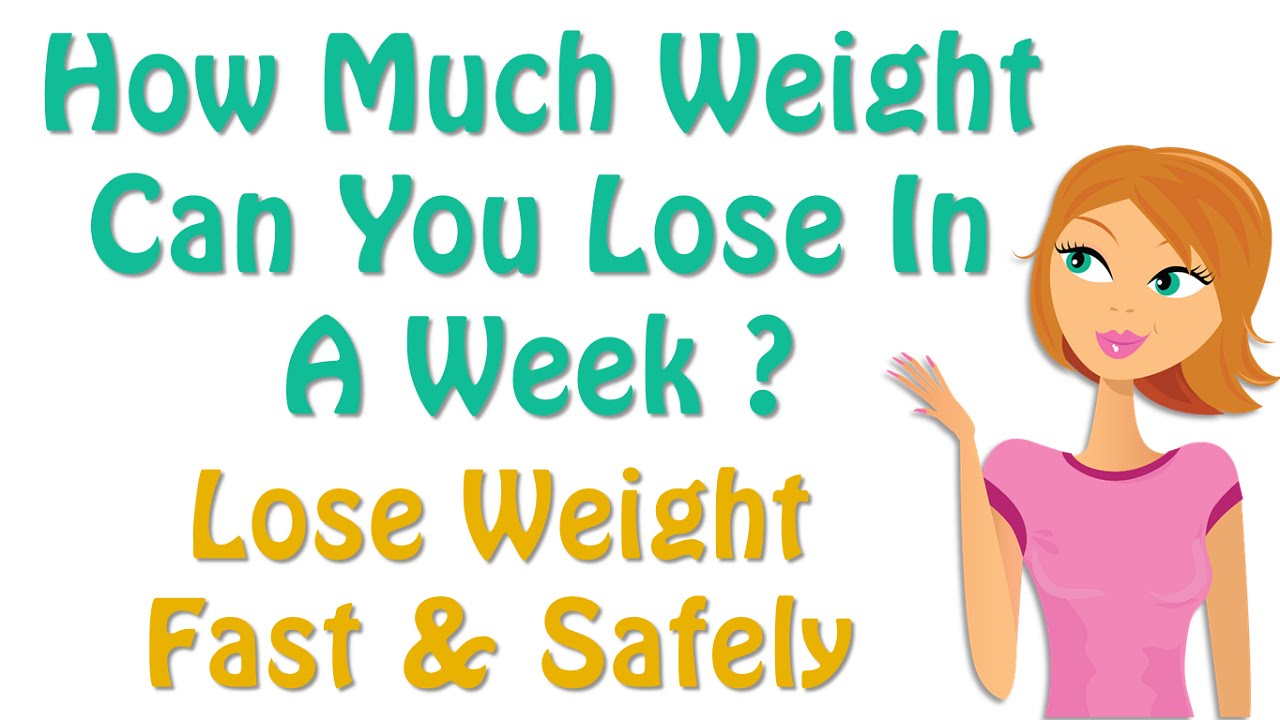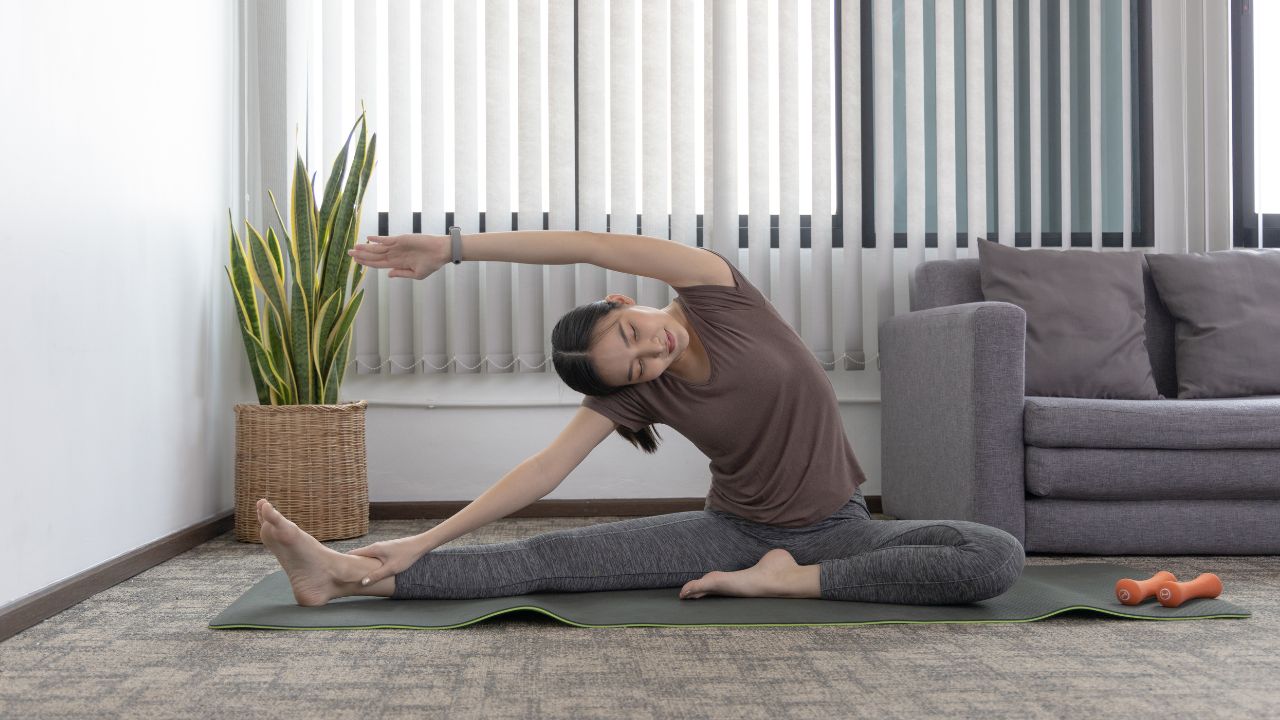
Did you realize that skiing has different calories? This article will cover the differences in downhill and cross-country ski, as well as the physical demands for each. Another type of skiing that can help you burn calories is off-piste. This type is more challenging than traditional skiing and you can expect more calories to be burned. Learn how to make skiing a more enjoyable sport.
Uphill skiing burns more calories
Uphill skiing is more beneficial than downhill. However, you must be aware of several factors that affect calorie burn during skiing. You can optimize your workouts and get more out of your skiing experience by understanding these factors. These are some important points to keep in mind:
A cross-country skier can generally burn up to 550 calories an hour. Skate skiing, the most intense form, can burn around 1,100 calories per an hour. Nordic skiing can be a more intense form of skiing than standard. It burns about the same calories as a regular skier. Nordic skiing involves climbing up steep hills. Nordic skiing burns approximately the same amount as running. Make sure you have moderate calories in daily meals.

Skiing downhill burns more calories
Skiing has many variables that can affect the amount of calories burned. Downhill skiing, which involves both anaerobic as well as aerobic exercise, is one of winter's most effective ways to lose calories. Harvard Medical School and other researches have found that an average person of 155 pounds can burn about 532 calories per hour while downhill skiing. When skiing, the amount of calories you burn is directly proportional with your body weight.
Experts recommend beginners spend an hour skiing on the slopes prior to learning downhill. Skiers should learn to ski dynamic turns that challenge their core muscles and improve their flexibility. Poles can be used to help them gain momentum on the mountain. Although beginners may burn less calories than more experienced skiers, the workout overall is more intense and results more calories being burned. You can get the most from your downhill skiing sessions by following a specific fitness program.
Cross-country skiing burns more calories that downhill skiing
Cross-country skiing can help you burn more calories while skiing. Cross-country skiing can help you burn up to 500 calories an hour for someone 150 pounds heavier than you. Cross-country skiing demands you to work harder, so you'll burn less calories.
According to Harvard Health Publications, cross-country skiing burns approximately 1,000 calories per hour, which is almost double the amount of calories burned by downhill skiing. Also, snowshoes are an option. Depending on the difficulty level, the average person can expect to burn between 380 and 500 calories per hour. CPA estimates are only available for certain sports like freestyle snowboarding.

Off-piste ski is more difficult.
Off-piste skiing requires more technical skills and more confidence in adjusting to mountain conditions. Skiing in off-piste conditions requires the ability to ski in a variety of styles, including short turns and speed control within a narrow corridor. You can start with the easiest terrain, then move to steeper slopes. You'll learn to ski better and more quickly if you are willing to push yourself.
Off-piste skiing requires specific equipment, like wider skis for powder and stiffer skis for harder snow. The wider skis make it easier to turn in powder. In crusty snow, it's important to understand how to keep your weight evenly distributed on both skis. Hard-pack snow requires that you remain seated and that your weight is evenly distributed across both skis. Thin snow with protruding stones requires a slower, more deliberate technique. You can improve these skills with the right training.
FAQ
Why would you want to lose weight before turning 40?
Senior citizens over 40 need to maintain their health, fitness and well-being. It is also crucial to find ways to keep fit throughout life. Regular exercise, healthy eating, moderate alcohol consumption, and quitting smoking are all important.
It is also important to understand that as we get older, our bodies change. Our bones get weaker and our muscles become smaller. You can slow down the aging process if you take care of yourself.
As we age, there are many advantages to being healthy and fit. These include:
-
Better sleep
-
Improved moods
-
Increased energy levels
-
Lower chance of developing cancer
-
A longer life
-
More independence
-
Better sex
-
Improved memory
-
Improved concentration
-
Improved circulation
-
Stronger immune system
-
Fewer aches and pains
How long should I fast intermittently to lose weight
The answer isn't as easy as it seems. It is important to take into account a number of factors when deciding the optimal days for fat loss. These are:
-
Your age. If you are younger than 40, intermittent fasting might be too difficult because you have less time for recovery after each fast. If you are older than 60, you might find it difficult to maintain a prolonged period of daily fasting.
-
Your current body composition. A longer period of fasting is more beneficial for those with a lot of muscle mass. For those with less muscle mass, however, you may be able to benefit from shorter fasting times.
-
How physically active you are. You may need to increase your fasting time if you exercise often. This will ensure you get enough rest between workouts.
-
Your past health history. Additional fasting monitoring may be required for certain medical conditions such as diabetes or heart disease.
-
How well do you tolerate stress? Stressful situations can make us eat more. To avoid this problem, you may need to increase the length of your fasting windows.
-
The type of diet you follow. Certain diets, like ketogenic diets, may require even longer fasting periods.
-
The quality of sleep you receive. Lack of sleep has also been linked to increased appetite and decreased metabolism. It might take some time to find what works best for your needs.
-
The amount of protein that you consume. A higher intake of protein may result in lower blood sugar levels. This will allow you to fast longer.
-
People who want to gain weight or lose it will need to fast for longer periods of time than those trying to lose.
-
What proportion of calories do your fasting hours allow you to consume? You might lose more fat if your daily calories are lower than those you consume.
-
Your overall fitness level. Faster people are more likely to be fit, and burn more calories during the day.
-
Your gender. Men tend to have greater appetites that women, so they may need a longer fast. Women have smaller appetites than men, so they may need to fast just 20-30 minutes each day.
-
Your lifestyle. Do you exercise a lot? Are you able to exercise several times per week? Are you a worker who sits at a computer all day? These factors could affect how much you should fast.
-
How much money do your spend on food every day? Eating healthy foods doesn't necessarily mean spending much money on groceries. Whole grains are better than white bread and whole fruits are better than candy bars. Lean meats can also be saved.
-
It is vital that you control your hunger. If you don't want to skip meals, you might not need to fast as long as other people do.
Are there side effects to intermittent fasting
Intermittent fasting does not have any known side effects. If you don't plan well, you may experience minor issues.
You might feel irritable if you skip breakfast. You might also experience headaches, dizziness, fatigue, and muscle cramps.
These symptoms are usually gone within a few days.
Statistics
- Another study found that 24 weeks of weight training led to a 9% increase in metabolic rate among men, which equated to burning approximately 140 more calories per day. (healthline.com)
- According to Harvard Health, it's estimated that a 155-pound (70-kg) person burns around 167 calories per 30 minutes of walking at a moderate pace of 4 mph (6.4 km/h) (5). (healthline.com)
- One study in 9 active men found that HIIT burned 25–30% more calories per minute than other types of exercises, including weight training, cycling, and running on a treadmill (18Trusted Source (healthline.com)
- Among women, the increase in metabolic rate was nearly 4%, or 50 more calories per day (14Trusted Source (healthline.com)
External Links
How To
How to quickly lose belly weight?
It is hard to lose belly fat. It takes hard work. However, these tips will ensure you see results.
-
Healthy Food Healthy eating is crucial. Make sure you eat whole foods, fruits, vegetables.
-
Drink Water. Water keeps you hydrated and makes you feel fuller for longer periods. Drink plenty of water each day.
-
Cardio exercises can help you burn more calories and increase your muscle mass. Cardio exercises help to burn more calories, build muscle mass, and improve your cardiovascular health. They improve heart health and metabolism. Try to do 30 minutes of cardio exercise daily.
-
Get Enough Sleep. Healthy sleep is essential for good health. Sleep deprivation can lead to anxiety and stress, which can then cause unhealthy behaviors like smoking and overeating.
-
Reduce Stress. Stress can have a negative impact on our brain chemistry, and hormone levels. Cortisol is a hormone our bodies make when we feel stressed. It increases hunger pangs.
-
Regular breaks. Regular breaks are important throughout the day. Get out and take a stroll or a brief nap. Doing this gives your mind and body time to relax and recover.
-
Avoid Alcohol Consumption. Avoid alcohol consumption. It is high in empty calories and slows down your digestion. Avoid alcohol if you are trying to lose belly weight.
-
Have fun